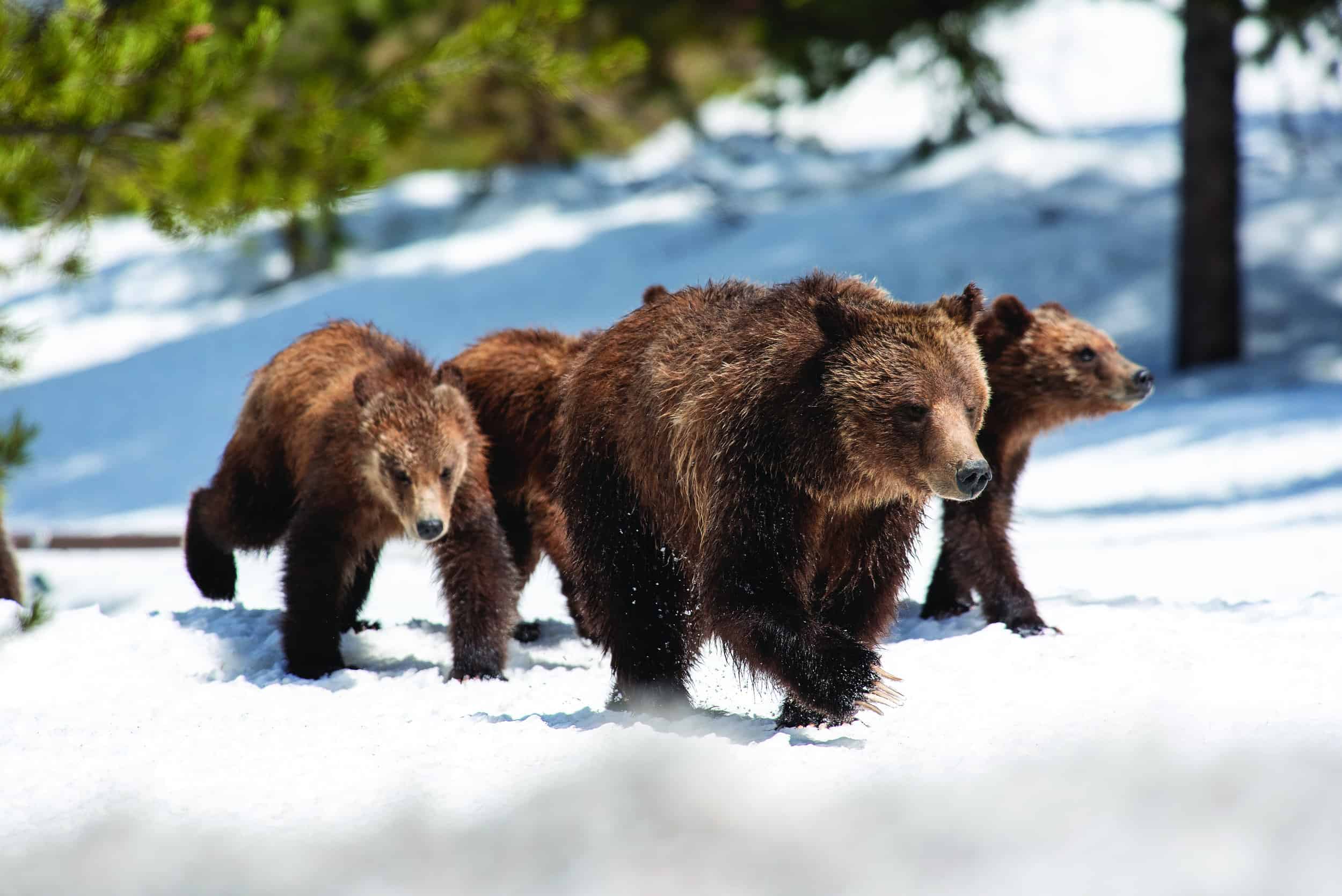Geographical Analysis of New Mexico and its Correlation with Sustainable Development Goals
1. Topography and Water Resource Management
New Mexico’s dramatic topography, characterized by the Southern Rockies and high-altitude peaks such as Wheeler Peak at 4,011 meters (13,161 feet), plays a crucial role in regional sustainability, particularly concerning water resources.
- SDG 6: Clean Water and Sanitation: The state’s high peaks function as natural water towers. Winter snowpack melts and provides essential freshwater to the arid and desert regions at lower elevations, supporting communities, agriculture, and ecosystems.
- SDG 15: Life on Land: The management of these mountain water sources is fundamental to preserving the unique riparian and desert ecosystems that depend on this seasonal runoff.
2. Climate, Renewable Energy, and Climate Action
The state’s unique climate, a product of its high elevation and desert landscapes, presents significant opportunities for advancing global sustainability targets related to energy and climate.
- SDG 7: Affordable and Clean Energy: New Mexico’s climate is highly conducive to renewable energy generation, including solar power in its expansive desert areas and wind power across its mountain ranges.
- SDG 13: Climate Action: By harnessing these natural resources, the state can contribute significantly to reducing carbon emissions and mitigating climate change. This transition to clean energy is a core component of climate action strategies.
3. Geological Diversity and Sustainable Communities
The rugged and geologically diverse mountain states, including New Mexico, offer a framework for developing resilient communities and protecting invaluable natural heritage.
- SDG 11: Sustainable Cities and Communities: The challenges posed by the dramatic elevation changes and diverse ecosystems necessitate innovative approaches to infrastructure and community planning to ensure resilience against environmental changes.
- SDG 15: Life on Land: The protection of New Mexico’s unique scenery and biodiversity is integral to this goal. Conservation efforts in these rugged terrains help safeguard endemic species and maintain ecological balance for future generations.
SDGs Addressed in the Article
SDG 15: Life on Land
- The article directly discusses terrestrial ecosystems, specifically focusing on mountains and deserts. It mentions the “Southern Rockies,” “Wheeler Peak,” “desert, and mountain ranges” in New Mexico. This aligns with SDG 15’s goal to protect, restore, and promote the sustainable use of terrestrial ecosystems, particularly mountain ecosystems.
SDG 11: Sustainable Cities and Communities
- This goal is relevant through its aim to protect the world’s natural heritage. The article’s emphasis on the “unique scenery,” “dramatic elevation changes,” and “geologically diverse parts of the U.S.” frames these landscapes as valuable natural heritage that contributes to the character and value of the region.
Specific Targets Identified
Target 15.4
- Ensure the conservation of mountain ecosystems, including their biodiversity. The article’s entire focus is on describing the features of mountain states, highlighting their “tallest, most rugged” nature and “unique scenery and climate.” This description underscores the importance and distinctiveness of these mountain ecosystems, which is the subject of this conservation target.
Target 11.4
- Strengthen efforts to protect and safeguard the world’s cultural and natural heritage. By detailing the “dramatic elevation changes” and geological diversity, the article implicitly identifies these landscapes as significant natural heritage. Recognizing and describing these features is a foundational step in their protection and safeguarding.
Indicators Mentioned or Implied
Implied Qualitative Indicators
- The article does not provide quantitative data or official indicators. However, it uses descriptive language that functions as a qualitative assessment of the natural environment.
- For Target 15.4, descriptions like “high elevation,” “desert,” and “mountain ranges” serve as informal indicators of the characteristics of the mountain ecosystems being discussed.
- For Target 11.4, phrases such as “unique scenery,” “dramatic elevation changes,” and “geologically diverse” act as qualitative indicators of the state and value of the region’s natural heritage.
Summary Table of SDGs, Targets, and Indicators
| SDGs | Targets | Indicators |
|---|---|---|
| SDG 15: Life on Land | Target 15.4: Ensure the conservation of mountain ecosystems, including their biodiversity. | Implied: Qualitative descriptions of mountain ecosystem features (e.g., “high elevation,” “desert,” “mountain ranges”). |
| SDG 11: Sustainable Cities and Communities | Target 11.4: Strengthen efforts to protect and safeguard the world’s cultural and natural heritage. | Implied: Qualitative descriptions of natural heritage (e.g., “unique scenery,” “geologically diverse”). |
Source: science.howstuffworks.com







